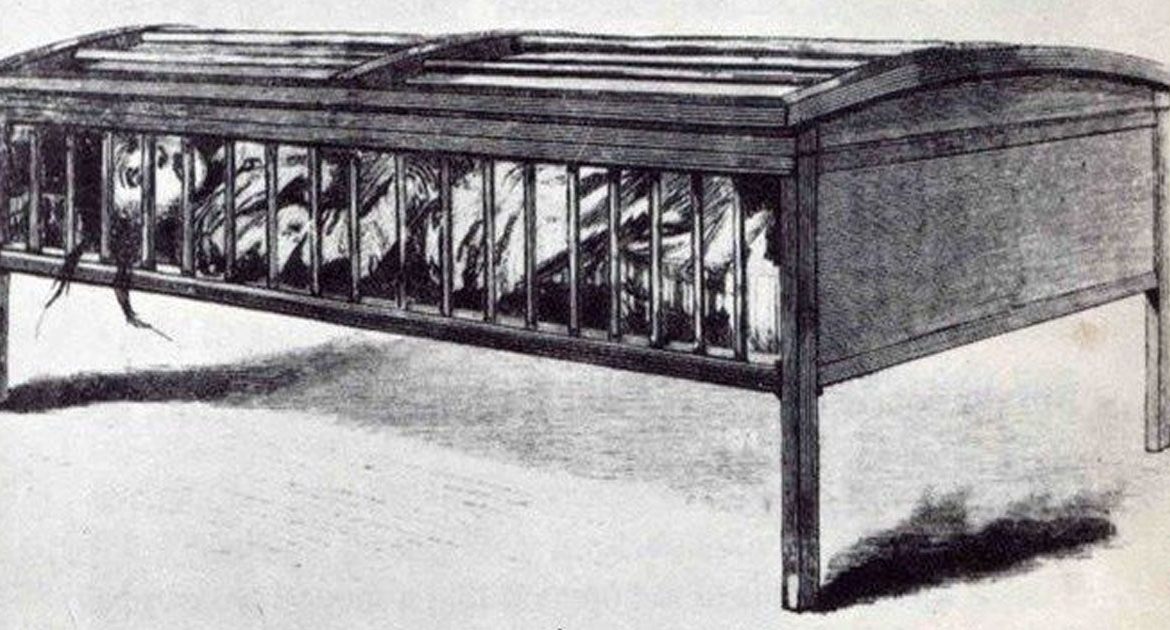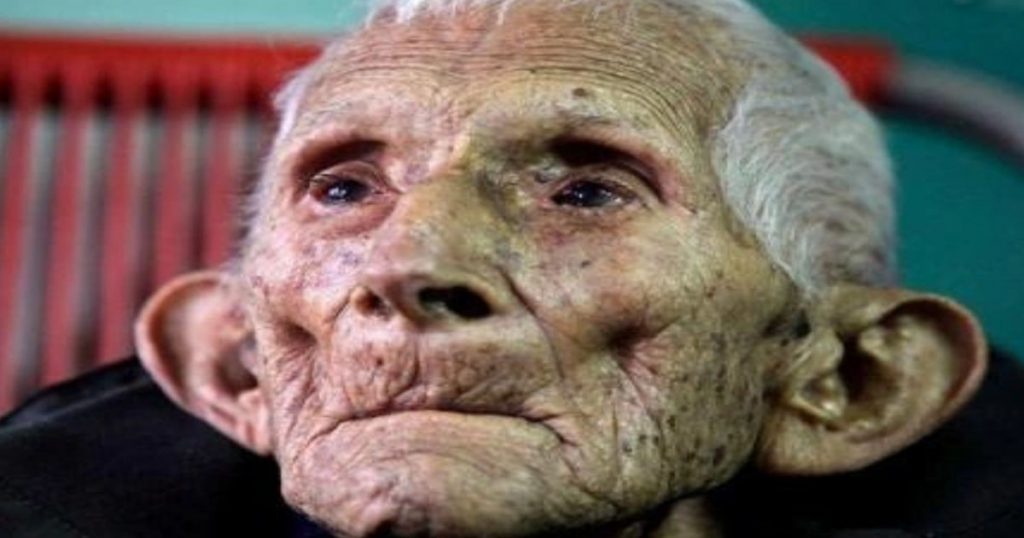There are some people in this world who simply refuse to let anything stand in the way of their goals. By working hard and following their dreams, they stand up to those who continually try to undermine and discourage them.
One such person was the journalist and adventurer Nellie Bly, who is today revered as a role model and inspiration for many young women.
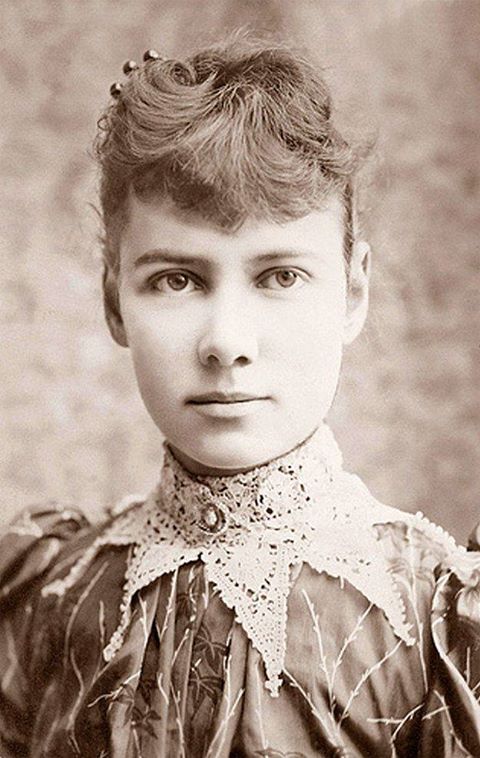
Born as Elizabeth Cochran in rural Pennsylvania in 1864, Nellie had been brought up in difficult cicumstances. In her teens, she wanted to find a way to earn money so she could support her mother and 14 siblings following the premature death of her father. Though she started training as a teacher, she was soon forced to drop out due to a lack of funds.
Thankfully, her talents weren’t left undiscovered. In 1885, she read a controversial column in «The Pittsburgh Dispatch» which stated women were only good for cooking and mothering children. Enraged, the young woman wrote a fiery rebuttal to the newspaper which impressed the editor so much that he hired her as a full-time reporter. What a stroke of luck! Under the pseudonym «Nellie Bly,» she began writing about key issues such as poverty, badly needed reforms to divorce laws, and the appalling working conditions in factories.

Her readers loved her succinct reports which were often critical of certain aspects of society. After several exciting and risky assignments, Nellie soon gained national recognition and landed a job at one of the country’s most prestigious newspapers: «The New York World.» This was where she pulled off probably the greatest coup in her professional career and laid down the foundations for investigative journalism.
For many years, dark rumors had surrounded the «New York City Lunatic Asylum,» which was located on the banks of the East River between Queens and Manhattan. Former employees spoke of atrocious conditions and systemic abuse of the patients. At that time, no independent bodies had been able to uncover any wrongdoing at the clinic, so there was only one way to see what was really going on: someone had to pretend to be mentally ill so that they could be admitted to the asylum «undercover.» Once inside, they could see what was going on with their own eyes — the perfect job for Nellie!
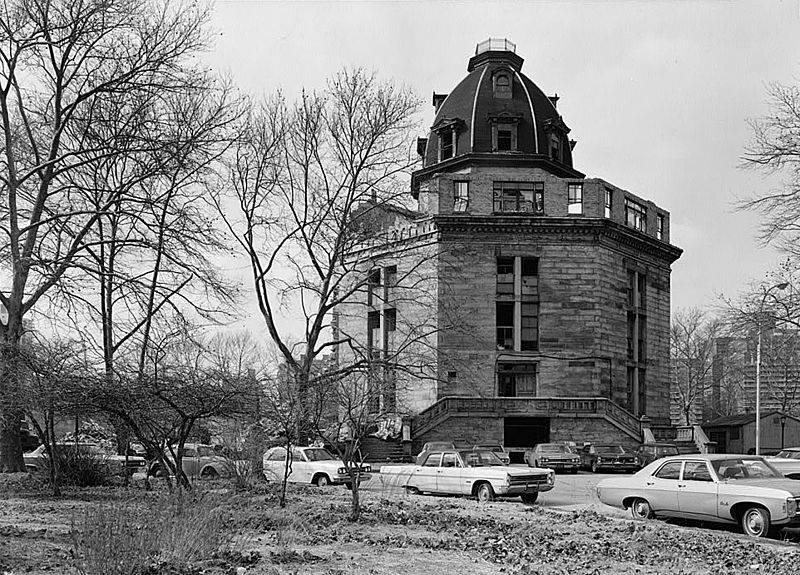
Her employer promised that they would get her out of the institute after 10 days at the latest. Even so, it must have been very frightening to disappear behind the walls of the infamous clinic. When she asked a guard what kind of a place it was, he replied that it was an institute for lunatics and there was no chance of escape.
The conditions Nellie experienced at the asylum were worse than she could’ve ever imagined. The notorious institute housed over 1,600 patients — twice the amount of people the building had been intended for. Stale bread, thin gruel, and rotting fruit were served for dinner. Patients were only bathed once a week in the same water. The entire building was infested with rats.
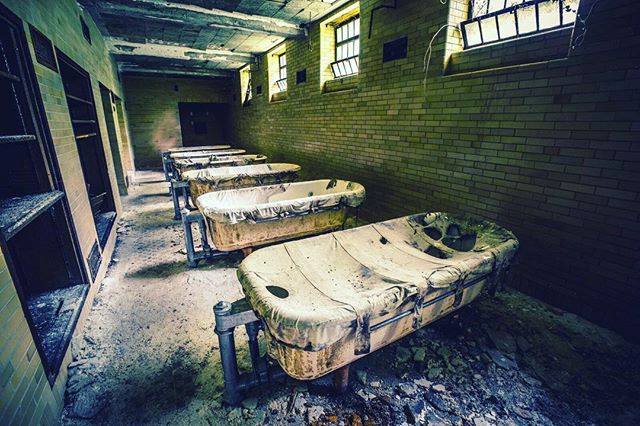
Workers at the asylum regularly mistreated, beat, tied up, and kicked the patients. The most unfortunate were pulled by their hair and had their heads dunked in ice-cold water.
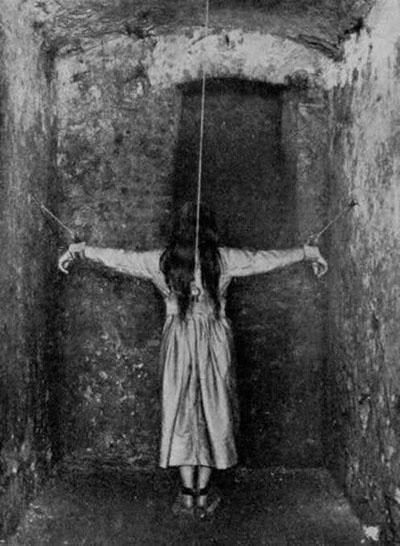
Complaints to doctors fell on deaf ears — who would believe a mentally ill person? Angry clinic workers would then exact their revenge on patients who dared to speak up.
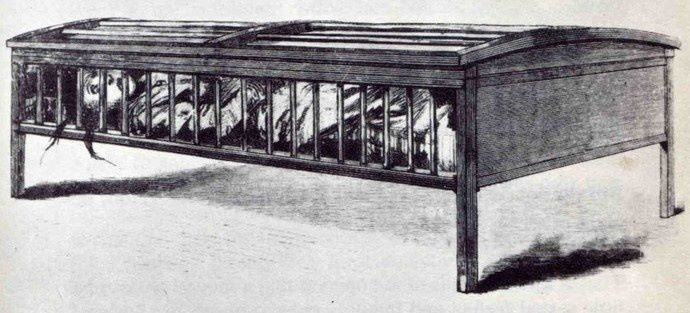
No efforts were made to treat the patients’ disorders. After being admitted to the institute, Nellie immediately started acting normally again, but no one saw this as a sign of improvement. She also saw that many of her fellow patients weren’t actually mentally ill; some simply couldn’t speak English or were too poor or weak to look after themselves.
Once 10 days had passed, a lawyer from Nellie’s employer threatened the asylum with legal action and demanded that she be released immediately. If «The New York World» hadn’t intervened, she probably would’ve never seen the light of day again; the doctor treating her insisted that she was insane despite her normal behavior.
Now released, Nellie wrote the report that helped her achieve worldwide fame: «Ten Days in Mad-House.» Her findings sparked public outrage, finally prompting officials to conduct a thorough investigation of the clinic. Those responsible were held to account, funding was increased, and conditions for the patients at the asylum slowly started to improve.
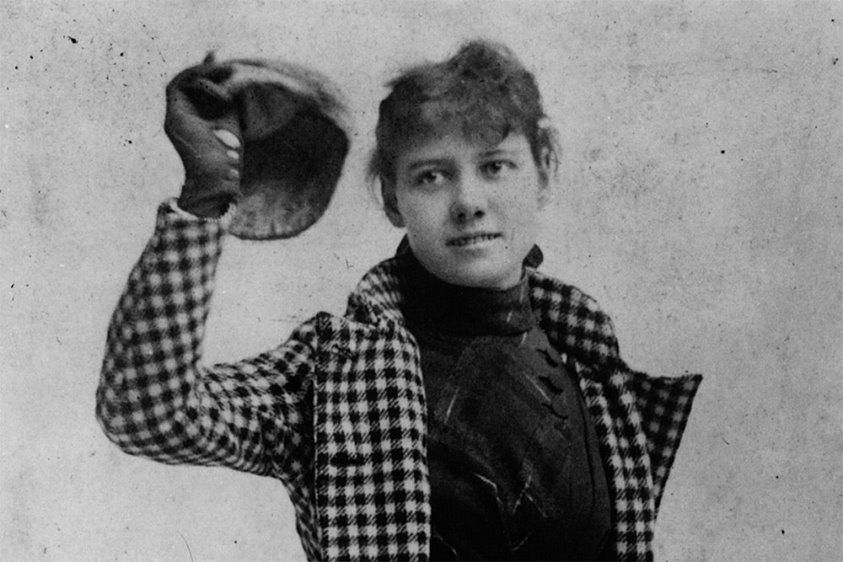
Nellie remained an adventurer, author, and fighter for workers’ rights her entire life. Her fame helped make her writing accessible to a wide audience, inspiring countless young women to follow in her footsteps.
In 1922, she died of a lung infection at the age of 57 in her beloved adopted home of New York. Two years previously, American suffragettes were successful in their fight for women’s right to vote.
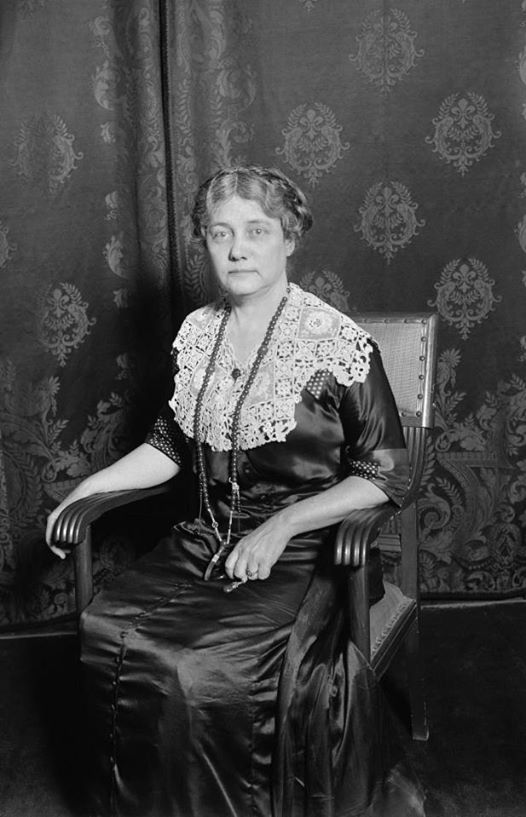
Nellie Bly was an amazing woman who lived a most eventful life. She will never be forgotten for her work in furthering the cause of the oppressed.
